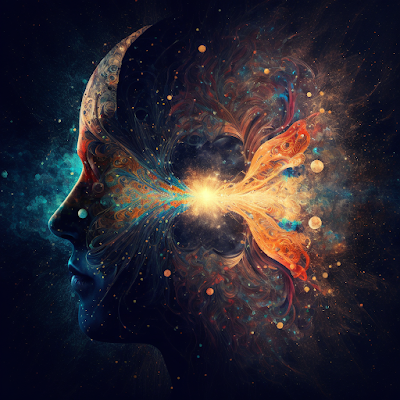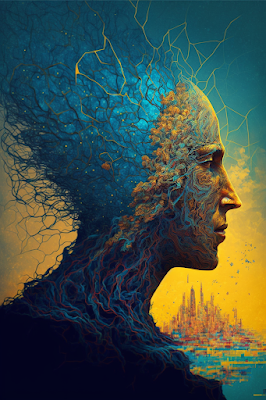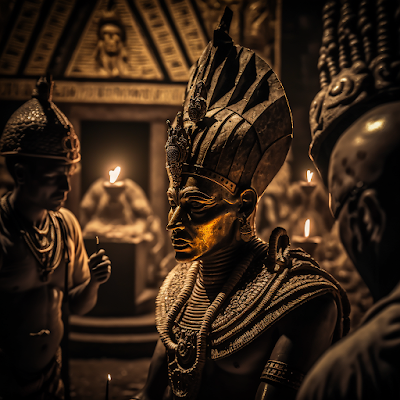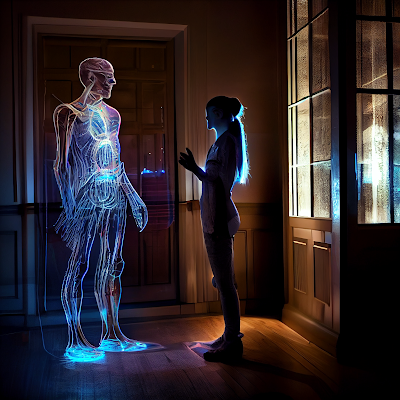The Consciousness Conundrum: What is it?
Introduction
Consciousness
is a fascinating and complex phenomenon that has puzzled philosophers and
scientists for centuries. It refers to the subjective experience of being aware
of one's surroundings, thoughts, emotions, and sensations. Despite years of
research and countless theories, the question of what consciousness is and how
it arises remains one of the most enduring questions in the fields of
philosophy and neuroscience. In this blog post, we will explore the different
theories and models of consciousness and their relationship to the brain and
the world around us.
Different levels and types of
consciousness
Consciousness
is not simply a binary state of being awake or asleep. Instead, there are many
different levels and types of consciousness. For example, in a dream, we are
conscious of our surroundings, but the experience is not as vivid or real as
when we are awake. Similarly, when we are in a meditative state, we may be more
aware of our thoughts and emotions than when we are in a more active, alert
state.
Theories of consciousness
One of the
key debates in the field of consciousness research is whether consciousness is
a product of the brain or whether it is something that exists independently of
the brain. Some scientists argue that consciousness is a product of the brain,
while others argue that it exists independently of the brain.
Global Workspace Theory
One of the
most influential theories of consciousness is the Global Workspace Theory
(GWT). According to GWT, consciousness is the result of the activity of
specialized neural networks in the brain that are responsible for processing
information and making it available to other parts of the brain. The GWT
proposes that the brain has a sort of "workspace" where information
is temporarily stored and made available to other parts of the brain for
further processing.
Integrated Information Theory
Another
important theory of consciousness is the Integrated Information Theory (IIT).
According to IIT, consciousness arises from the integration of information
across different parts of the brain. The brain is composed of a vast network of
interconnected neurons, and consciousness arises when these neurons work
together to create a unified experience.
Other Theories
In addition
to GWT and IIT, there are many other theories and models of consciousness that
have been proposed over the years. Some of these theories focus on the role of
specific brain regions or neural processes in the generation of consciousness,
while others focus on the relationship between consciousness and other
cognitive processes such as attention, memory, and decision-making.
Conclusion
In
conclusion, consciousness is a complex and multifaceted phenomenon that has
puzzled philosophers and scientists for centuries. While there are many
different theories and models of consciousness, researchers are still exploring
the relationship between consciousness and the brain. By studying
consciousness, researchers hope to gain a deeper understanding of the brain and
the world around us.













Comments
Post a Comment